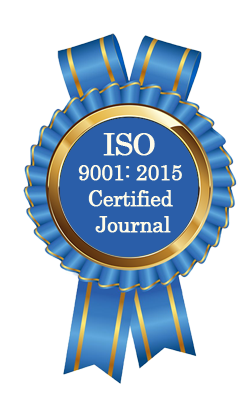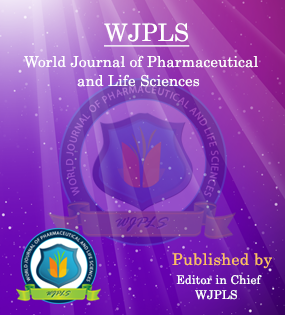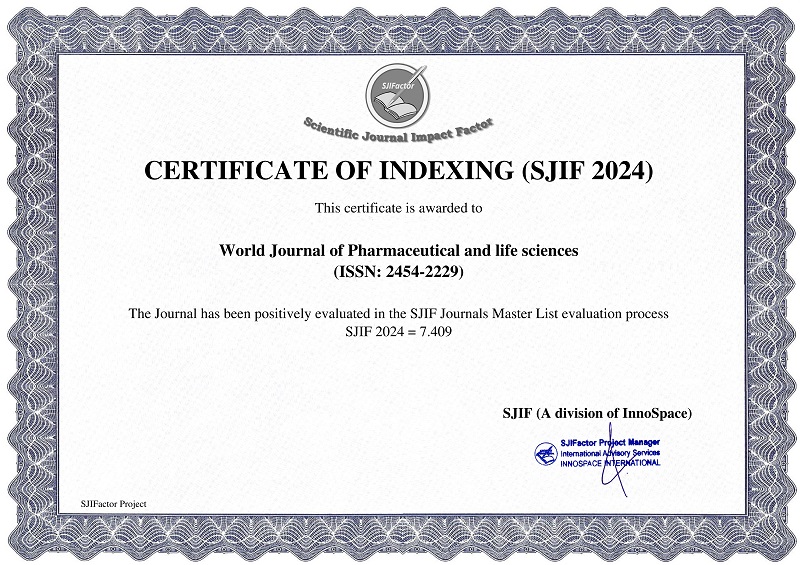Abstract
PHYTOCHEMICAL CONSTITUENTS OF AGERATUM CONYZOIDES AND ACACIA ALATA AND THEIR ANTIFUNGAL ACTIVITIES ON CANDIDA ALBICANS
Onuoha U.N. and Alaebo P.O.*
ABSTRACT
The leaves of Acacia alata used traditionally for the treatment of snake bites, ringworm, and throat infections and Ageratum conyzoidesused traditionally for the treatment of wounds, pneumonia, diarrhea, and stomach ailments were tested for their antimicrobial activity on Candida albicans, Streptococcus pyogenes, Klebsiella pneumonia and Proteus mirabilis using fresh leaf extracts and ethanol extracts. The disc diffusion method was used to determine the antimicrobial activity of these plants on the test organisms. The fresh and ethanol extracts of Ageratum conyzoides showed significant zones of inhibition greater than 5mm on all the test organisms. The fresh and ethanol extracts of Acacia alata showed significant zones of inhibition on Candida albicans (7mm) and a low inhibition on other organisms which are bacterial species. The minimum inhibitory and microbial concentrations evaluated on both the fresh leaf and ethanol extracts of the plants were concentration dependent. Preliminary phytochemical screening carried out on the plants showed the presence of different antimicrobial compounds and this determined their degree of activity. The results obtained in this study are of significance in the health care delivery system and apparently justifies the use of the est plants in the treatment of snake bites, ringworm and pneumonia among others.
[Full Text Article] [Download Certificate]WJPLS CITATION 
| All | Since 2020 | |
| Citation | 590 | 424 |
| h-index | 12 | 10 |
| i10-index | 17 | 14 |
INDEXING
NEWS & UPDATION
BEST ARTICLE AWARDS
World Journal of Pharmaceutical and life sciences is giving Best Article Award in every Issue for Best Article and Issue Certificate of Appreciation to the Authors to promote research activity of scholar.
Best Article of current issue
Download Article : Click here





